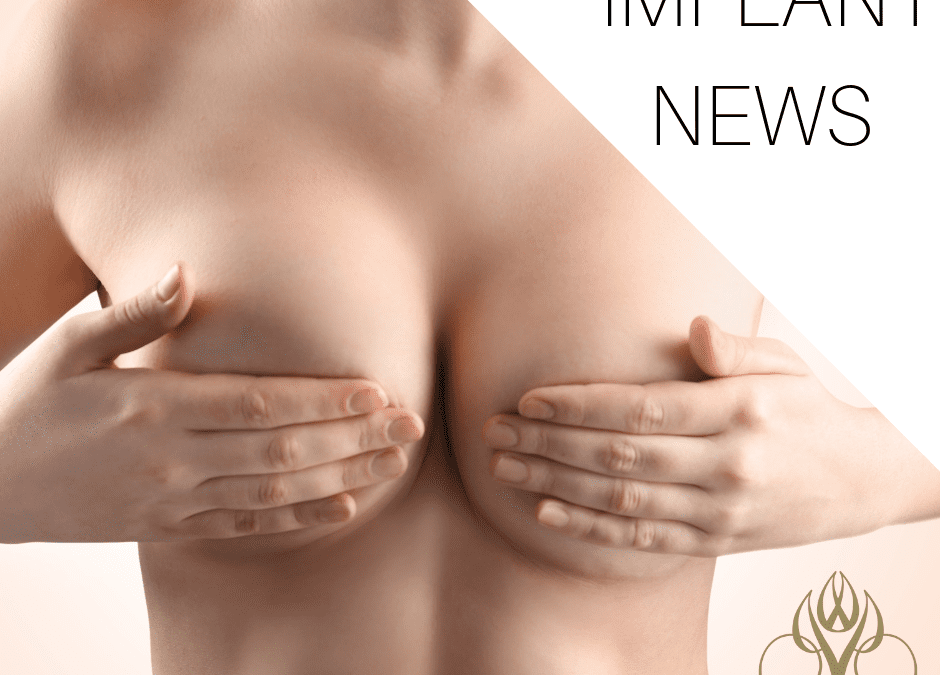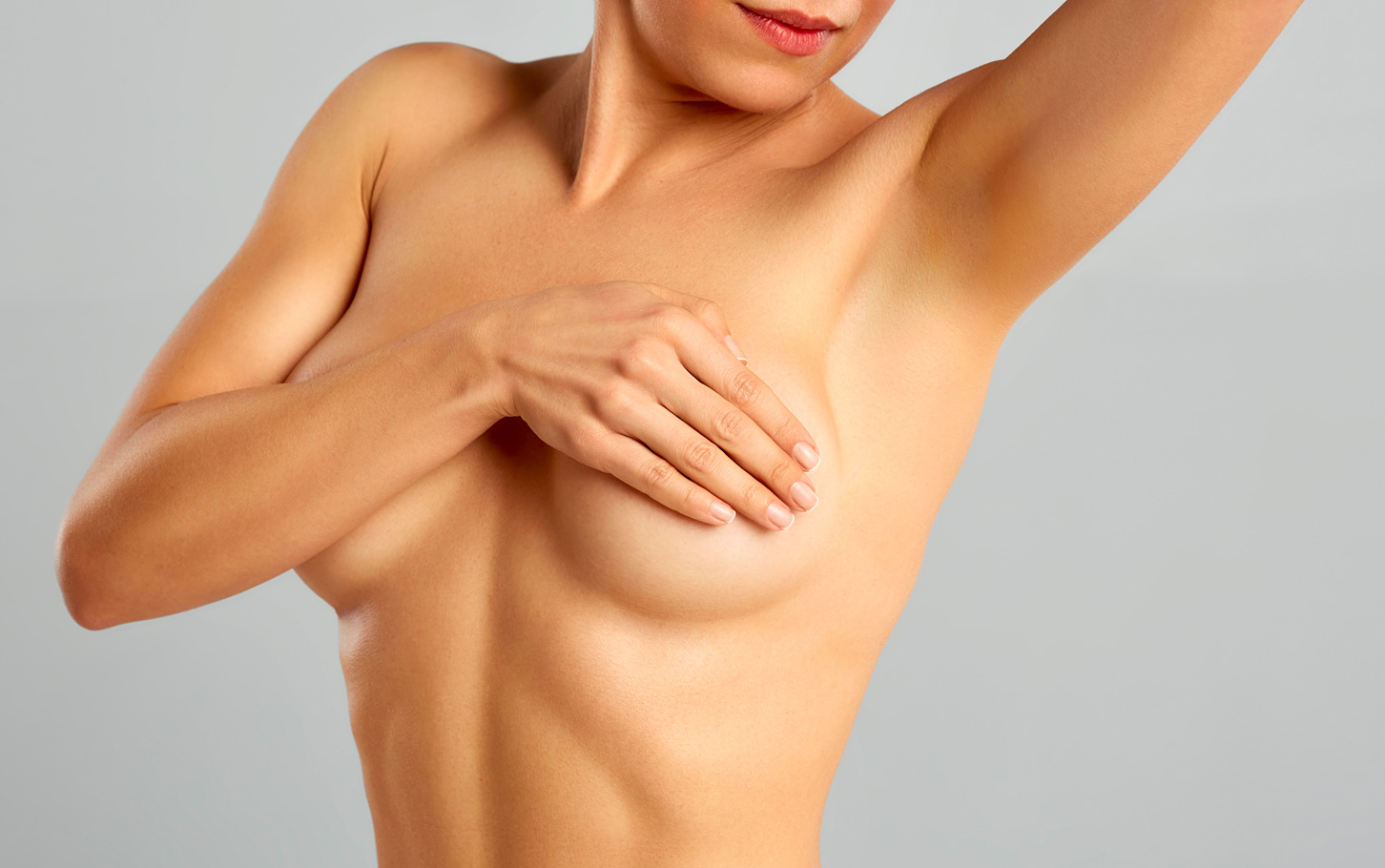Breast Augmentation is currently still one of the most common cosmetic procedures performed in Australia. Last year, approximately 20,000 patients underwent breast augmentation. But how to choose the correct breast implant when there are a variety of options ; in shape, size, projection, type, texturing, and manufacturer.
Patients will often ‘do their research’ for hours before having a consultation with their surgeon, and may already have formed ideas about what implant may be right for them. Commonly, patients will have seen photos of other patients on Facebook or Instagram with a certain look, and will think that choosing the same implant will provide the same result. Unfortunately, it’s not that simple.
The first rule to understand is that an implant alone will not determine what your breast will look like after an augmentation. Your final result is a combination of the implant you choose, and what your breast looks like before your operation. All women are shaped uniquely, including their breasts. Women have different heights, shoulder widths, breast shapes, breast volumes and nipple positions. It’s not possible to expect two women with different breasts to get the same outcome with the same implant.
Round vs teardrop
Another common misconception is that anatomical or ‘teardrop’ implants give a ‘natural’ look, and round implants give a ‘fake’ or ‘enhanced’ look. Again, it’s not that simple. Round silicone implants come in different cohesivities, or levels of firmness. A large, firm implant placed in a patient without much of her own breast tissue will look ‘enhanced’. A smaller, softer implant placed in a patient with a reasonable amount of her own breast tissue will simply enhance the existing contour of the breast.
So how to choose between round and teardrop shaped implants? In order to fit a round implant, a patient’s breast needs to follow two simple pre-requisites. Firstly, the breast plate, or the area of the chest that forms the base of the breast, needs also to be round. Women that are very tall and lean may have a breast plate that is taller than it is wide. Conversely, women that are shorter, or relatively broad chested, may have a breast plate that is wider than it is tall. Neither of these women will fit a round implant – it will either be too tall or too wide for them. As they are not bound by the geometry of being round, tear drop shaped implants have a variety of different heights for each base width, meaning there’s size to fit women that are relatively taller, or shorter, for the width of their chest.
The second pre-requisite relates to nipple position. As the most projected part of a round implant is in the centre, so too must the nipple be in the middle of the breast mound. For women that have a nipple position below the centre of the breast mound, particularly those that seek breast augmentation to address deflation after having children, choosing a round implant may lead to a nipple that sits on the under curve of the implant, and therefore points down towards the ground. Teardrop implants have a point of maximum projection below the midpoint of the implant, meaning the lower part of the breast is pushed forward by the implant more than the upper part, and the nipple is still on the most projected part of the breast, and pointing forward.
Volume:
Finally, breast implants aren’t like balloons, whereby they increase in all dimensions equally as they increase in volume. They aren’t that simple. Implants have different base plate diameters (or in the case of teardrop implants widths and heights) designed to fit the breast plates of the vast majority of women. Within each base plate width, there are a variety of projections, or how much the implant ‘pushes’ the breast forward. A round implant with a 12cm baseplate, for example, can have volumes of 275cc, 340cc, 400cc or 510cc depending on the degree of projection. Also, the biggest determinant of an implant’s volume is not its projection but its baseplate diameter. A high projection implant with a baseplate of 11.5cm is 355cc. A less projected, moderate projection implant with a baseplate of 12.5cm is larger in volume at 380cc.
So when looking at a photos of another woman that has the result you’d like with 350cc implants, for example, you also have to consider:
- Is that woman the same height as me?
- Is her chest width the same as me?
- Is her breast plate the same as mine?
- Did she have the same amount of breast tissue as me before her augmentation?
Before you can assess whether the same implant would yield the same effect.
Projection:
Finally, there is an upper limit to the volume of an implant that can be placed for any woman. The first limiting factor is the size of the breast plate. Selecting an implant with a baseplate that is too large can lead to implants that push out into the armpits, or touch in the middle. Seperate to the size of the breast plate, a patient must also have enough skin to lie over the top of the implant. Whilst skin has a varying degree of elasticity, it cannot be stretched infinitely, and there needs to be enough skin between the nipple and the level of the infra-mamamay fold (where the lower part of the breast comes back onto the chest) to cover the lower half of the implant. If an implant that is too large or projected for the patient is selected, two things can happen ; either the implant sits too high on the chest wall and the nipple points down, or the implant pushes below the level of the fold, leading to a double-bubble deformity, where the fold cuts into the implant and it bulges out again underneath.
The take home message is this : The selection of the right implant for you is not as simple as choosing the same one as someone else that has the outcome that you’d like. Photos are useful though, as they help give your surgeon an indication of the ‘look’ that you’re after. Descriptions of your surgical goals such as cleavage position, breast width, projection, contour, or bra size are helpful. Ultimately the right implant for you is the one that attains these goals for you.
The Lotus Institute offers various breast surgery options to help patients achieve their desired results. For more information, please contact use today to book your consultation.






